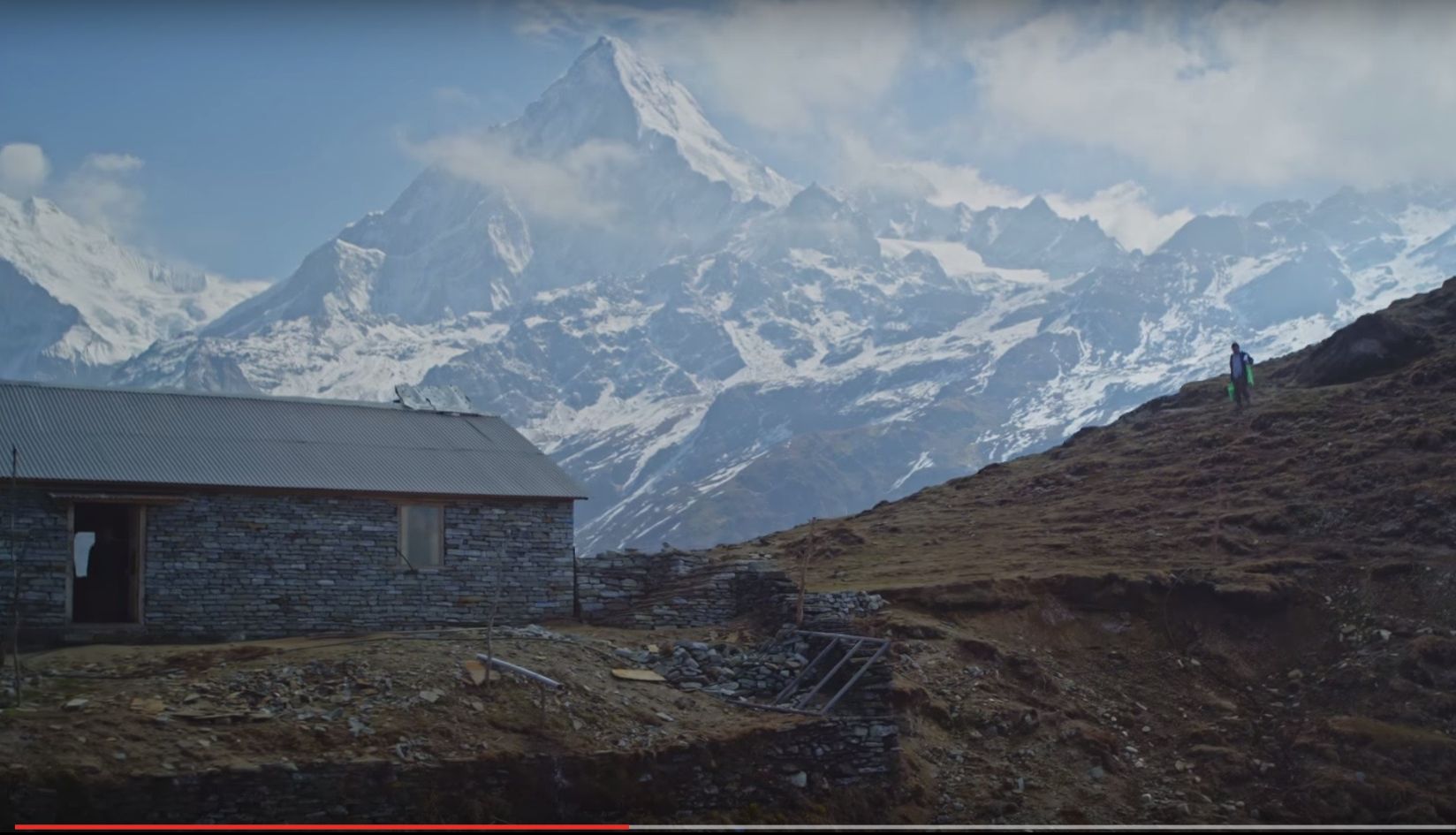If you wanted to buy a cow or buffalo, you had to hike for several hours over mountainous and rocky terrain to ask the farmers in the nearest village if they have a cow to sell.
Then Mahabir Pun had an idea.
Pun, a native of Nangi, had returned from the US in 1992 with a bachelor’s degree in science education from the University of Nebraska at Kearney, which had awarded him a scholarship. Upon his return, he founded a high school in Nangi, but he also saw a chance to have a more profound impact on Nepal’s poor and rural villagers. All it would take would be a little money, adventurous and computer-literate volunteers, the evasion of a government ban on the importation of wireless equipment while a civil war was raging, and the installation of wireless network in a sparsely-populated area above 2,200 meters high with no roads, slow postal delivery, and no phones or electricity.
Incredibly, he succeeded. Today, some 175 Nepali villages like his own are connected to the Internet via the wireless network that was conceived and remains driven by Pun, a 2014 inductee into the Internet Hall of Fame.

“I went back to Kearney in 1995 to do independent research,” he says, “and there I created a website. At that time, there were no websites in all of Nepal. But when I created one for my village, including information about Nepal, its government, history and geography, as well as information about my village, it turned out that people worldwide were very curious about my village. They started sending me emails, asking if they could come to volunteer in my village to teach and to help the people,” Pun says. “That was the start of it.”
Pun was frustrated by Nepal’s lack of Internet service in the rural areas. It was available in Pokhara, Nepal’s famous tourist destination, but for people in the rural villages, it was too difficult to get there to use it. The journey from Nangi, for example, involved a walk of five hours downhill to the nearest road, and then a three-hour bus ride. In 1997, Pun started making that arduous trip monthly to check his email; along the way, he was thinking not only of himself, but of others.
Pun started asking for, and receiving donations of used components of computers like motherboards, memories, hard drives, keyboards, floppy drives and power supplies. But there was another major hurdle: Nangi still lacked electricity. So, with the support of some friends abroad, Pun built two small hydro-generators in a stream near his village. The result: 10 computers were built for Pun’s high school, composed of donated parts in wooden boxes. He also taught teachers how to assemble and use such computers, so they could teach their students how to do so, as well.
Meanwhile, Pun was continuing to travel to the US to further his own education at Kearney. In 2001, the same year he obtained his master’s degree in education, he sent an email to the BBC, asking if they knew any people with technical backgrounds, who could give him ideas to bring Internet in his home village. That resulted in a BBC online story published in October 2001, and a series of contacts from enthusiastic young volunteers from the US and Europe.
“With a civil war going on in Nepal, the government had outlawed the importation of wireless equipment from foreign countries, so I asked the volunteers to smuggle in smaller components like routers in their backpacks,” Pun recalls. They seemed to have no qualms about doing so and, miraculously, no one was arrested.
Pun and his volunteers, mainly from the US, Belgium and Finland, began testing the long range wireless links using home built antennas. After doing numerous testing and trials for one and half years, they connected Nangi for the first time in May 2002. Then they started building wireless network illegally in more remote regions of Nepal.
“No one believed we could make long range wireless links using indoor routers, but we put a big dish antenna in a tall tree and our network was able to span 28 miles to the nearest city with dial-up Internet,” Pun says. “Little by little, we expanded it, point to point and point to multipoint to more villages. Later, volunteers helped to bring betters antennas and we could get better receptions.
Also in 2002, Pun founded the Nepal Wireless Networking Project to find ways to optimize the use of information and communication technologies for the benefit of Nepal’s rural people, focusing on e-education and e-health programs. It also uses its resources to increase digital literacy among rural people. So far, its accomplishments include training villagers in how to build and operate wireless networks; enabling rural clinics to do video conferencing with hospitals in Kathmandu to provide basic health services; connecting villages and schools in many remote locations of Nepal; and even extending the network to the Annapurna Base Camp and Manaslu Base Camp, used by mountain trekkers and climbers.
In addressing the graduates of the University of Nebraska at Kearney in 2007, Pun said, “They say a journey of 1,000 miles starts with a first step. My first step began with a deep desire to help to get better educations for the children of poor people in Nepal.”
And today he knows exactly where his next steps will take him: There are more than 6,000 villages in Nepal, and Pun says, “I want to connect them all.”